Spain, known for its rich history, vibrant culture, and stunning landscapes, also offers a plethora of weird and unusual places that cater to those seeking something off the beaten path. From eerie villages to surreal architectural wonders, Spain’s unique spots are sure to intrigue the curious traveler. In this article, we’ll explore the top weird places to visit in Spain, complete with detailed descriptions, fascinating facts, and practical travel information, including prices and visiting tips.
1. Setenil de las Bodegas: The Village Built Under a Rock

Setenil de las Bodegas, located in the province of Cádiz, is one of the most peculiar and visually stunning villages in Spain. What makes this place truly unique is that many of its houses are built into and beneath massive rock overhangs. Walking through its narrow streets, you’ll see homes where the roof is literally a giant boulder. What to See and Do:
- Calle Cuevas del Sol: This main street is where you’ll find the most impressive examples of rock-hewn homes. The contrast between whitewashed walls and the dark rock overhead is striking.
- Local Tapas: Setenil is also known for its tapas bars. Enjoy local delicacies such as chorizo and jamón, all while sitting under the natural rock formations.
Travel Information:
- Entrance Fee: There’s no fee to enter the village, but spending in local restaurants and shops supports the community.
- Best Time to Visit: Spring and autumn, when the weather is mild.
- How to Get There: The nearest airport is Málaga. From there, it’s about a 1.5-hour drive to Setenil.
Read also: Luxury Hotels in Madrid: A Guide to Unparalleled Elegance
2. El Caminito del Rey: The World’s Most Dangerous Path
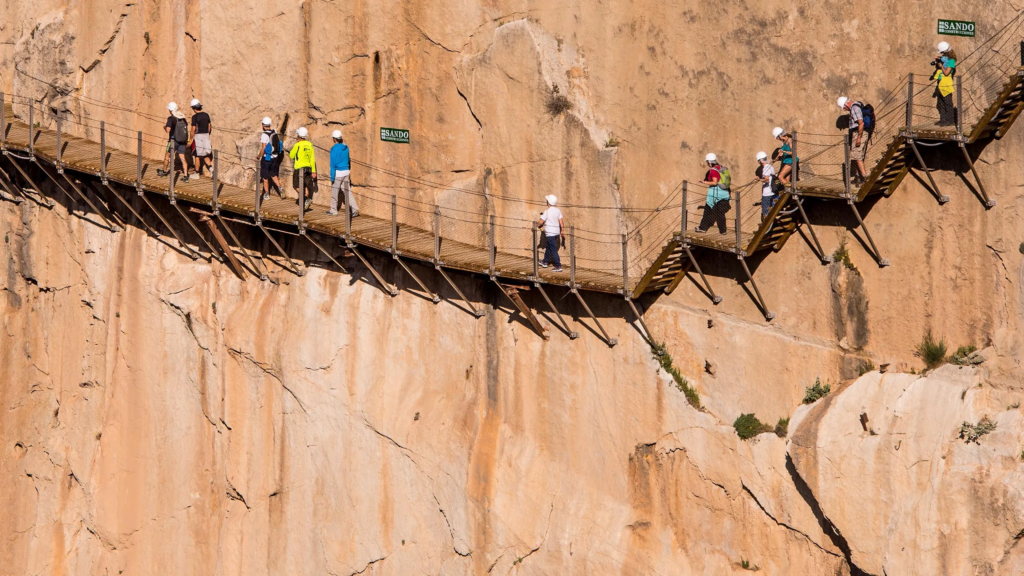
El Caminito del Rey, or “The King’s Little Pathway,” was once considered one of the most dangerous walks in the world. This narrow, elevated walkway clings to the cliffs above the Gaitanes Gorge in Málaga. After extensive renovations, it reopened in 2015, offering a safer yet thrilling experience. What to See and Do:
- The Walk: The path is about 3 kilometers long, offering breathtaking views of the gorge, the river below, and the surrounding landscape.
- Adrenaline Rush: The pathway’s height and narrowness can be nerve-wracking, making it a perfect spot for thrill-seekers.
Travel Information:
- Entrance Fee: Tickets are around €10 per person. It’s advisable to book in advance as slots fill up quickly.
- Best Time to Visit: Spring and autumn, avoiding the summer heat.
- How to Get There: Easily accessible from Málaga by car or bus, taking about an hour.
3. Bardenas Reales: Spain’s Semi-Desert Landscape
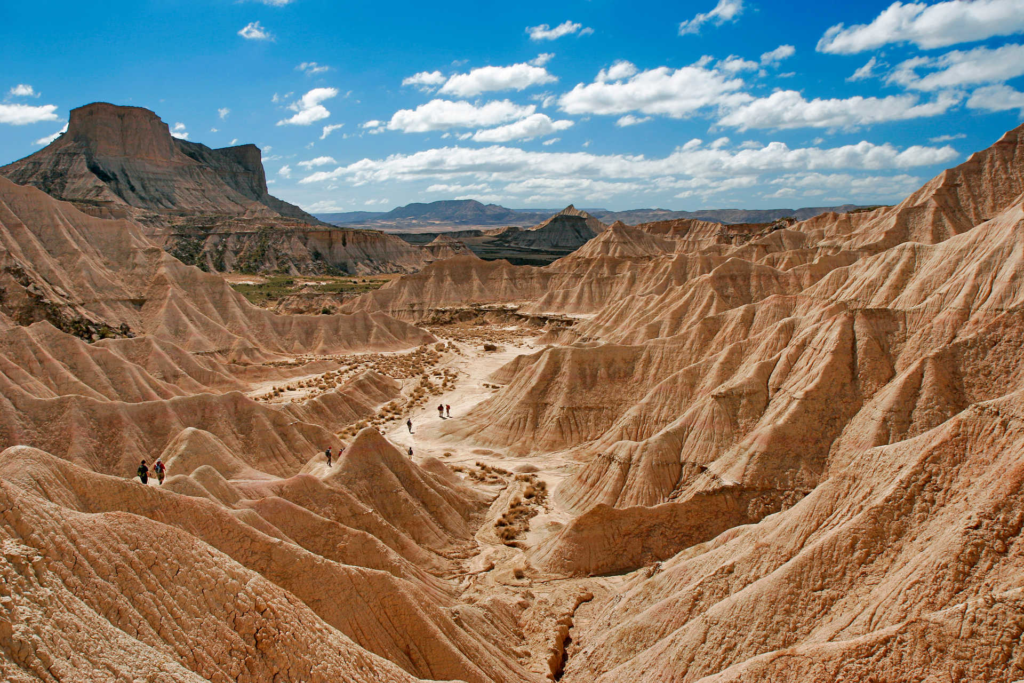
The Bardenas Reales in Navarra is a stark, almost alien-looking semi-desert landscape that seems more fitting for a sci-fi movie than the lush greenery usually associated with Spain. This natural park features bizarre rock formations, deep ravines, and expansive plains. What to See and Do:
- Hiking and Biking Trails: Explore various trails that take you through the park’s unique geological formations.
- Castil de Tierra: The park’s most iconic rock formation, resembling a crumbling castle turret.
Travel Information:
- Entrance Fee: Free.
- Best Time to Visit: Spring and autumn, as summers can be extremely hot.
- How to Get There: The park is a 1.5-hour drive from Pamplona. There are no public transport options, so renting a car is recommended.
4. The House of Bones: Casa Batlló in Barcelona

Barcelona is known for its modernist architecture, and one of the most unusual examples is Casa Batlló, also known as “The House of Bones.” Designed by the famous architect Antoni Gaudí, this building looks like it’s made from the skeleton of a giant creature, with its bone-like pillars and skull-shaped balconies. What to See and Do:
- Tour the Interior: The inside of the house is as bizarre as the outside, featuring curved walls, vibrant mosaics, and fantastical designs.
- Rooftop Views: Don’t miss the dragon-like rooftop, which offers stunning views of Barcelona.
Travel Information:
- Entrance Fee: Tickets range from €25 to €35, depending on the package.
- Best Time to Visit: Weekdays and early mornings to avoid the crowds.
- How to Get There: Located in the heart of Barcelona, it’s easily accessible by metro or on foot.
5. The Hanging Houses of Cuenca

Cuenca, a city in Castilla-La Mancha, is famous for its “Casas Colgadas” or Hanging Houses. These medieval houses are precariously perched on the edge of cliffs, hanging over the Huécar River. What to See and Do:
- Museo de Arte Abstracto Español: One of the Hanging Houses has been converted into a museum showcasing modern Spanish art.
- Views of the Gorge: Walk along the San Pablo Bridge for the best views of these architectural marvels.
Travel Information:
- Entrance Fee: The museum has an entrance fee of around €3.
- Best Time to Visit: Spring and autumn for the best weather and fewer tourists.
- How to Get There: A 1.5-hour train ride from Madrid.
6. Las Pozas: Surreal Gardens of Xilitla
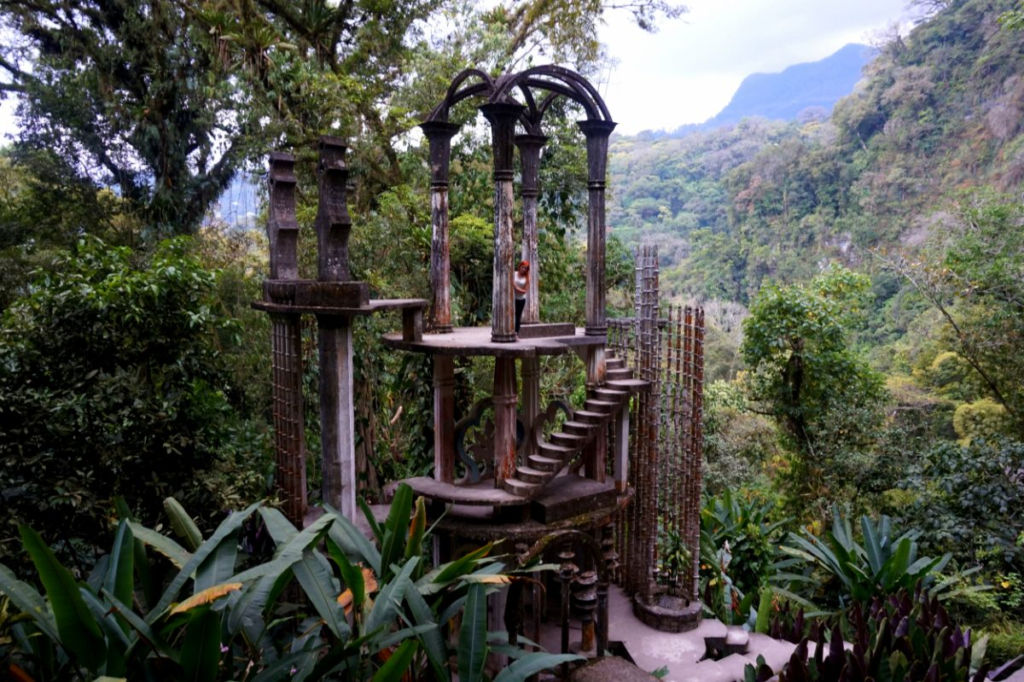
Although not located in mainland Spain, Las Pozas in the Spanish-speaking region of Xilitla, Mexico, is often associated with Spanish surrealism due to its creator, British poet Edward James, who was inspired by the works of Salvador Dalí and other Spanish artists. This surreal garden is filled with fantastical structures, staircases to nowhere, and lush jungle flora. What to See and Do:
- Explore the Sculptures: Wander through the garden and discover hidden nooks, bizarre sculptures, and breathtaking views.
- Swimming Holes: Take a dip in one of the many natural pools scattered throughout the property.
Travel Information:
- Entrance Fee: Around €5.
- Best Time to Visit: Dry season, from November to April.
- How to Get There: The nearest airport is Tampico, from where it’s a 3-hour drive.
7. Cueva de los Verdes: The Green Caves of Lanzarote
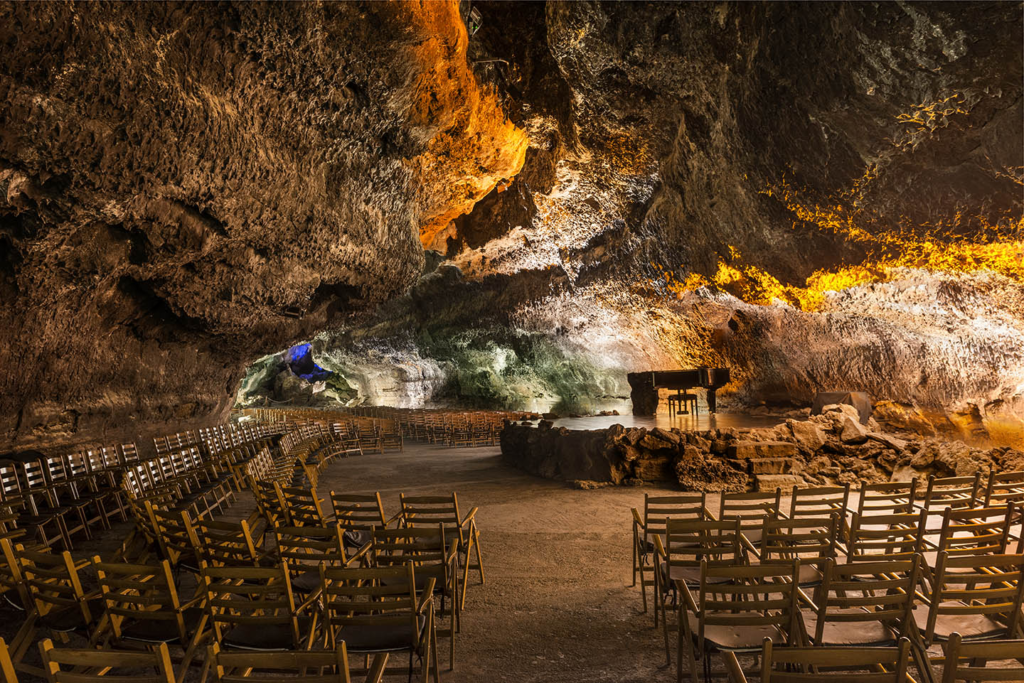
Lanzarote, one of the Canary Islands, is home to the Cueva de los Verdes, a stunning volcanic cave system that is both beautiful and mysterious. Formed by lava flows, these caves were used by locals to hide from pirate raids in the 17th century. What to See and Do:
- Guided Tours: Take a guided tour through the caves, learning about their geological and historical significance.
- Secret Chamber: Discover the cave’s secret chamber, a hidden gem that reveals an optical illusion unlike any other.
Travel Information:
- Entrance Fee: Approximately €9 for adults, €4.50 for children.
- Best Time to Visit: Year-round, as the temperature inside the cave remains constant.
- How to Get There: Accessible by car from any point on Lanzarote; the cave is located near Haría.
8. Las Médulas: Ancient Roman Gold Mines
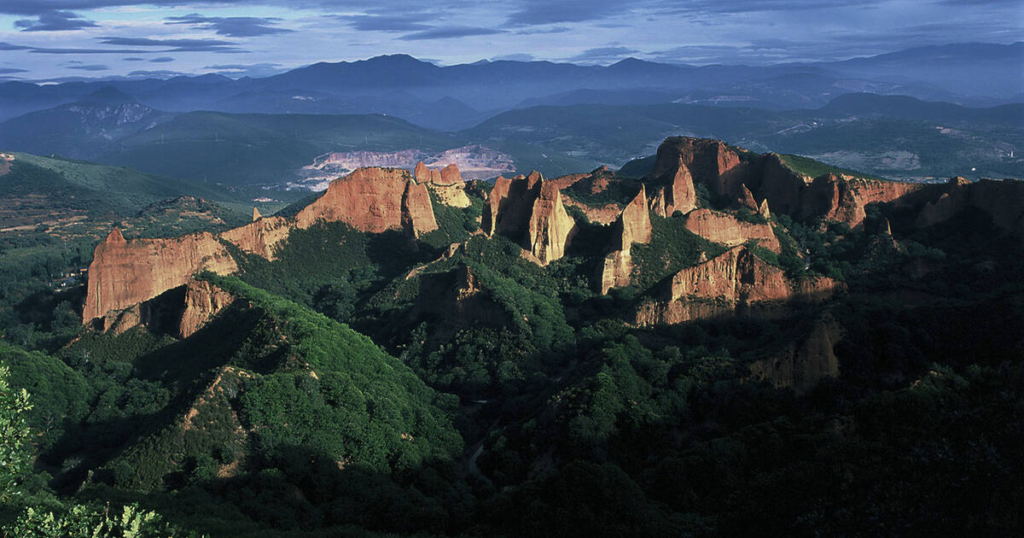
Las Médulas, located in the province of León, is a striking landscape of reddish rock formations created by the Romans during their quest for gold. This UNESCO World Heritage Site is a testament to the engineering prowess of the Romans and their impact on the environment. What to See and Do:
- Hiking Trails: Explore the various trails that wind through the bizarre rock formations.
- Mirador de Orellán: For the best view of the area, head to this viewpoint, which offers a panoramic look at the dramatic landscape.
Travel Information:
- Entrance Fee: Free, although guided tours are available for a fee.
- Best Time to Visit: Spring and autumn for pleasant hiking weather.
- How to Get There: It’s a 2-hour drive from León, and there are parking facilities available.
9. Santuario de la Virgen de la Cabeza: The Mountain Church
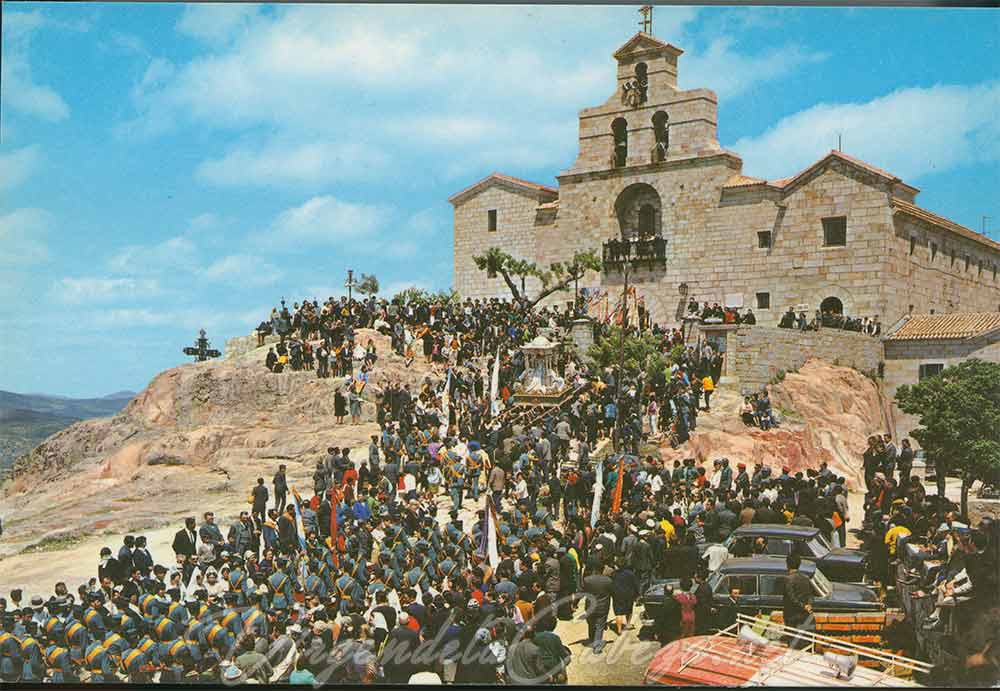
Perched atop the Cerro de la Cabeza mountain in Andalusia, this remote church is one of Spain’s most unusual pilgrimage sites. The journey to the church involves a winding drive up the mountain, and the view from the top is spectacular. What to See and Do:
- Pilgrimage Route: Join one of the annual pilgrimages to the church, which attracts thousands of devotees each year.
- Panoramic Views: The view from the church’s terrace is worth the trip alone, offering sweeping vistas of the surrounding Sierra Morena mountains.
Travel Information:
- Entrance Fee: Free.
- Best Time to Visit: During the annual pilgrimage in late April, or in spring and autumn for hiking.
- How to Get There: The nearest town is Andújar, from where it’s a 30-minute drive up the mountain.
10. Valle de los Caídos: The Valley of the Fallen
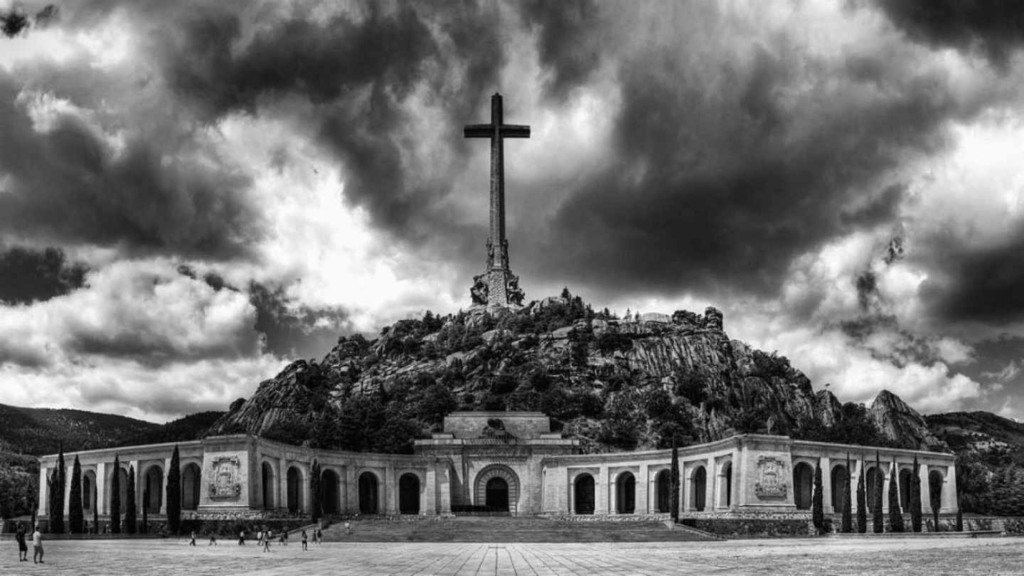
The Valle de los Caídos, or Valley of the Fallen, is both a monumental and controversial site located near Madrid. Built under the orders of Francisco Franco to honor those who died during the Spanish Civil War, it is both a stunning architectural achievement and a poignant reminder of Spain’s tumultuous past. What to See and Do:
- The Basilica: Explore the vast underground basilica carved into the mountain.
- The Cross: Climb up to the base of the massive cross that dominates the landscape.
Travel Information:
- Entrance Fee: €9 for adults, €4 for students and seniors.
- Best Time to Visit: Spring and autumn, to avoid the summer heat.
- How to Get There: A short drive from Madrid, about 50 kilometers northwest.
Conclusion
Spain is filled with unique and bizarre destinations that offer more than just traditional sightseeing. From villages nestled under rocks to surreal gardens and ancient gold mines, these weird places showcase the country’s diverse landscapes and rich cultural history.
Read more: Things to Avoid While Traveling for the First Time



